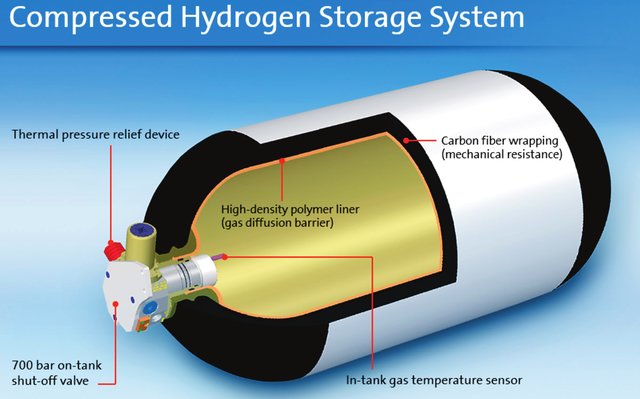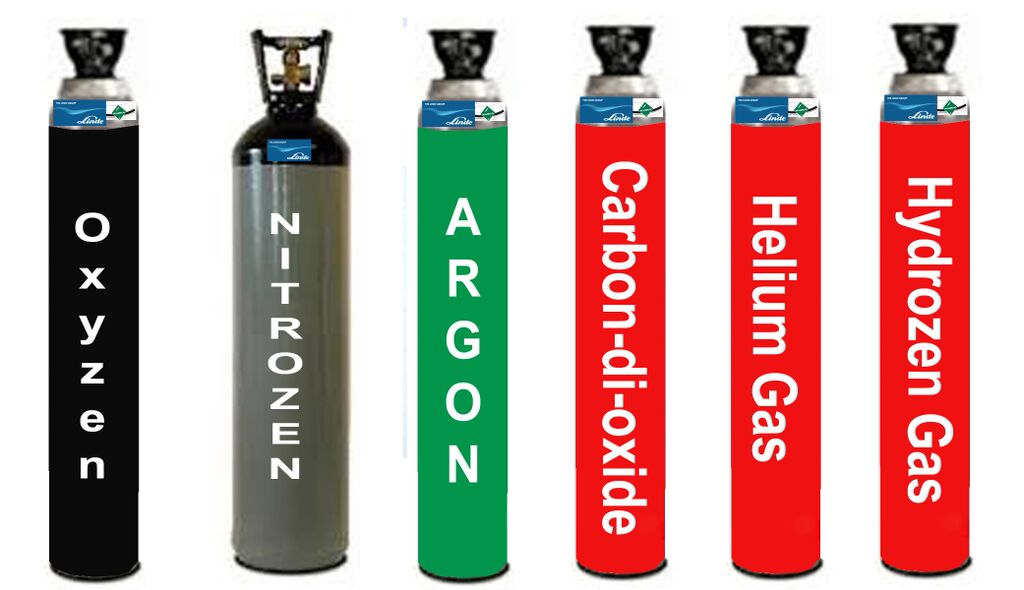Hydrogen Storage Materials Database
by Admin
Posted on 23-06-2023 04:51 PM

The price of production is only a small part of the overall cost of hydrogen — the gas also needs to be stored and transported, which sounds simple, but is anything but. Hydrogen (h2) is the smallest molecule that exists, measuring 0. 000000074mm wide — 100 times smaller than a methane molecule, meaning that it is very hard to store. It will slowly leak through some materials, cracks or poor joints and can make metal brittle.
 And being the least dense gas in the universe — it is 11 times lighter than air — means that in its natural state, a storage space of 11 square metres would be required to store just 1kg of hydrogen (enough for a hydrogen-powered car to drive about 100km).
And being the least dense gas in the universe — it is 11 times lighter than air — means that in its natural state, a storage space of 11 square metres would be required to store just 1kg of hydrogen (enough for a hydrogen-powered car to drive about 100km).
Hydrogen Compressors for Hydrogen Fueling Stations
March 28, 2023 — a new hydrogen compressor developed at southwest research institute (swri) can improve the efficiency and reliability of hydrogen compression used in the refueling of fuel cell electric vehicles (fcevs). The swri-developed linear motor-driven reciprocating compressor (lmrc) is designed to compress hydrogen as a fuel source for fcevs and other hydrogen-powered vehicles. Unlike most hydrogen compressors, swri’s lmrc is hermetically sealed and has a linear motor design that increases its efficiency and reliability.
 “the lmrc was built and designed to compress hydrogen for refueling vehicles with hydrogen fuel cells,” said swri principal engineer eugene broerman, the project’s lead investigator.
“the lmrc was built and designed to compress hydrogen for refueling vehicles with hydrogen fuel cells,” said swri principal engineer eugene broerman, the project’s lead investigator.
Reciprocating compressors are currently the most efficient option for compressing hydrogen in most applications. Hydrogen is poised to play a crucial role in the energy transition and has emerged as a powerful decarbonization agent for many carbon-intensive sectors, including process industry, transportation, mobility, and power generation. Compressors are an essential part of the hydrogen value chain and are needed to efficiently transport and store hydrogen from its point of production to end-use. This includes the gathering of emissions-free “green” hydrogen produced by electrolyzers; “grey” hydrogen from steam methane or autothermal reformers (smrs/atrs); or “blue” hydrogen, which is essentially “grey” hydrogen with co2 removed from the generating source.
What Is A Hydrogen Compressor?
Pressure of hydrogen inside a vehicle reaches 70 mpa during fuelling. Moreover, in order to achieve a quick charging cycle of around 3 minutes, the hydrogen needs to be compressed to maximum 100 mpa to ensure sufficient flow. This is a pressure level that is beyond most available standard compressor types. Fuel cells are very sensitive to contamination of the hydrogen supplied to them. Impurities may result in irreversible damage to the membrane and the fuel cell as a whole. The compression system plays a large role in this, as it can be the primary source of contamination if the wrong solution is chosen.
Page last modified may 5 2023 electrochemical compression of hydrogen is based on the following mechanism: hydrogen is supplied to the anode side of the membrane surface where a platinum-alloy catalyst splits the molecule into protons. The electrons are transferred via an external circuit to the catalyst layer on the opposite side of the proton exchange membrane (pem). Hyet hydrogen supplies complete hydrogen compression and purification units. Our modular design allows us to build units exactly tailored to customer applications. Additionally, this modularity allows for incremental capacity increases should demand for compressed and/or purified hydrogen increase over time.